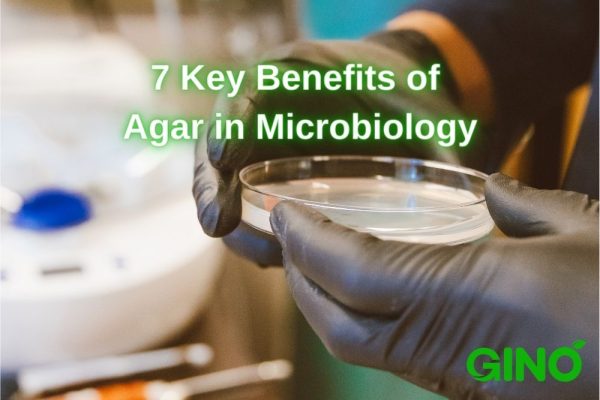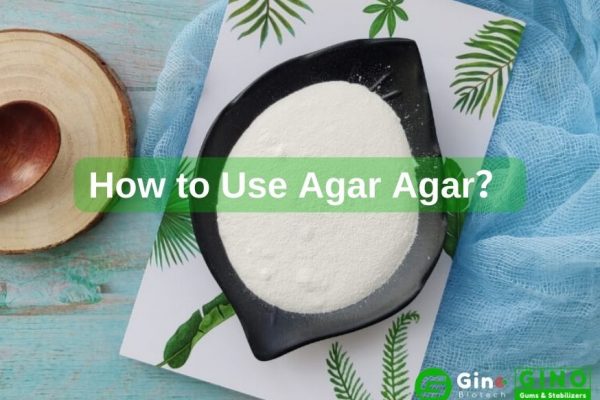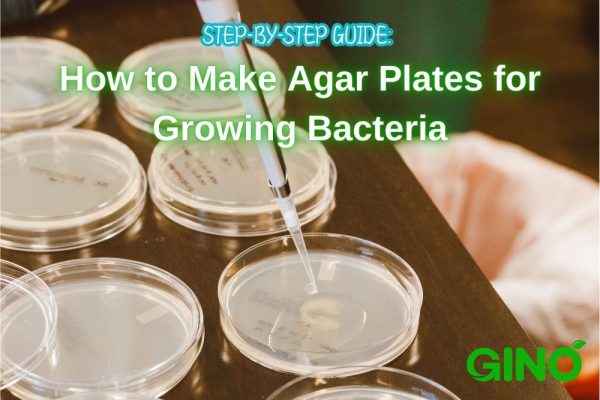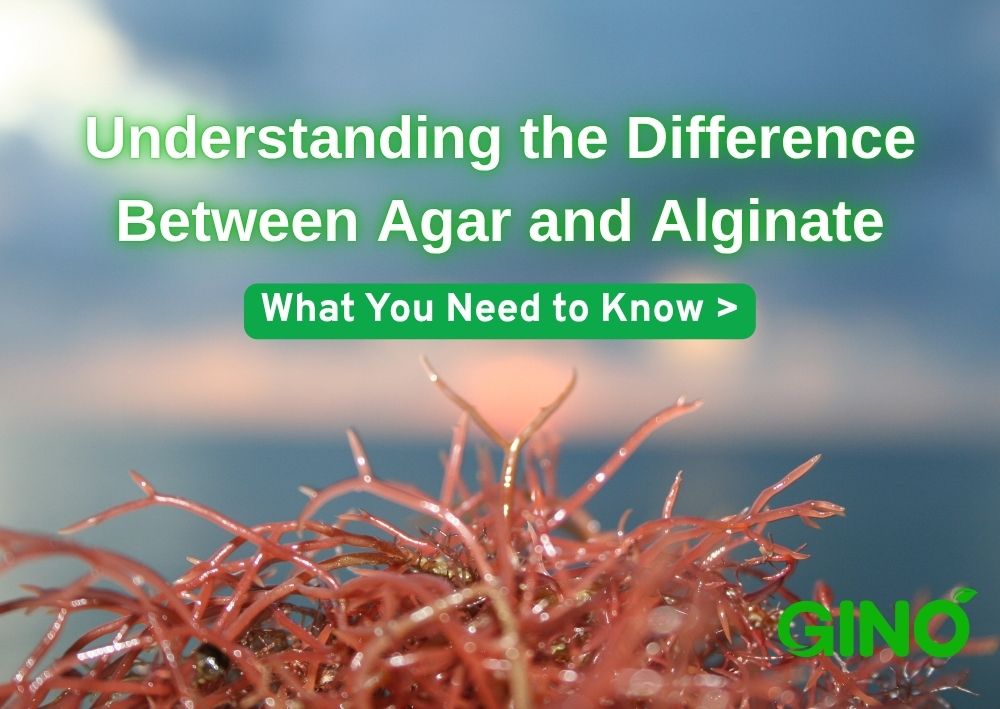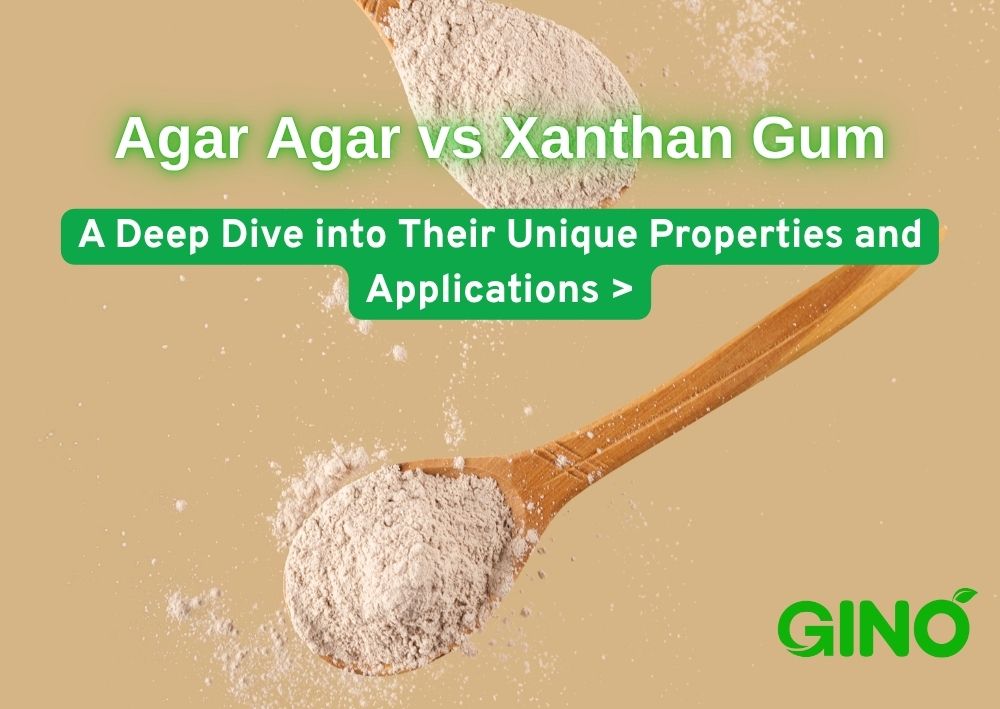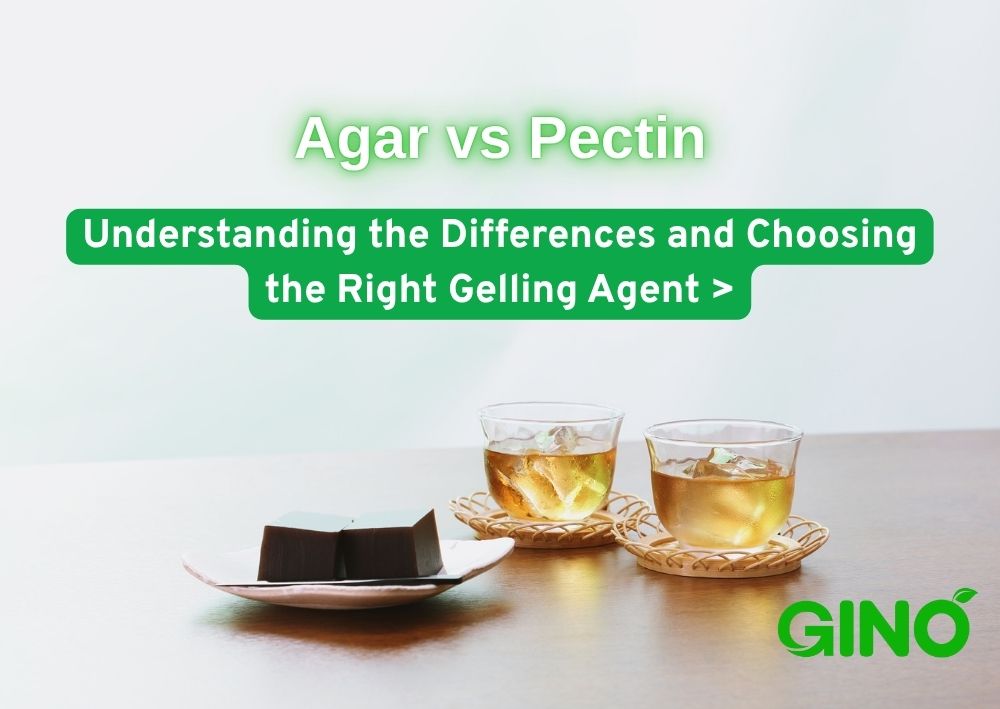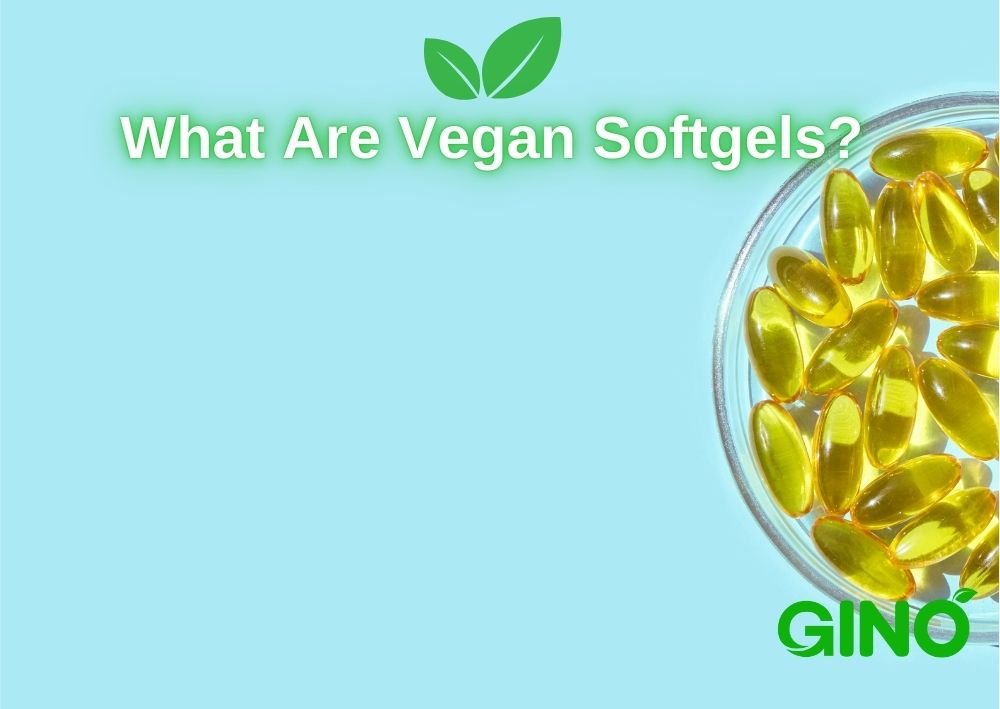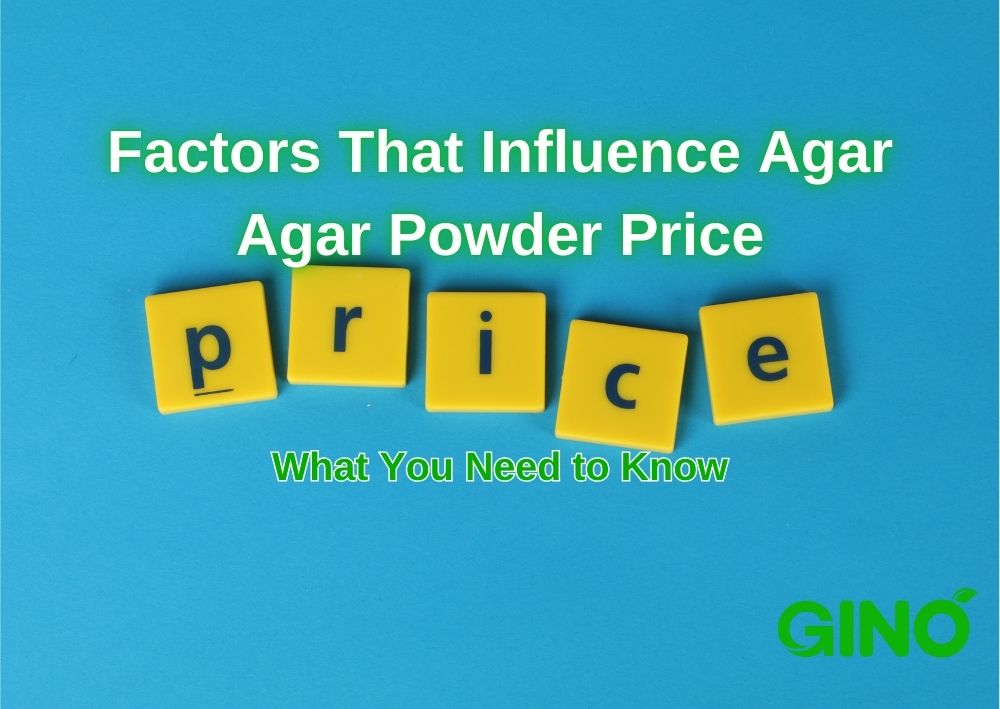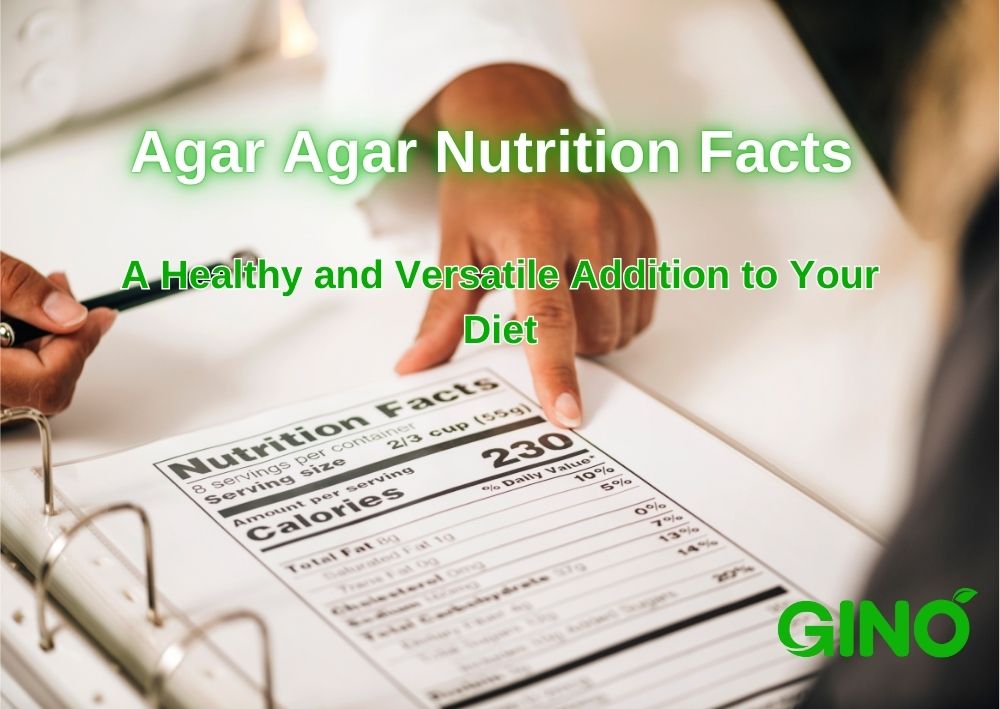Nutrient Agar vs Agar: Key Differences, Uses, and Why It Matters
Nutrient Agar vs Agar

1. Are Nutrient Agar and Agar the Same? A Comparison of Nutrient Agar vs Agar
Although Nutrient Agar vs Agar is a common topic in microbiology, it’s important to understand that these two are not the same.
Agar is a natural polysaccharide derived from red algae, often used as a gelling agent in food, cosmetics, and industrial applications.
In contrast, Nutrient Agar is a specialized culture medium that combines agar with essential nutrients such as peptone and beef extract to promote microbial growth in laboratories.
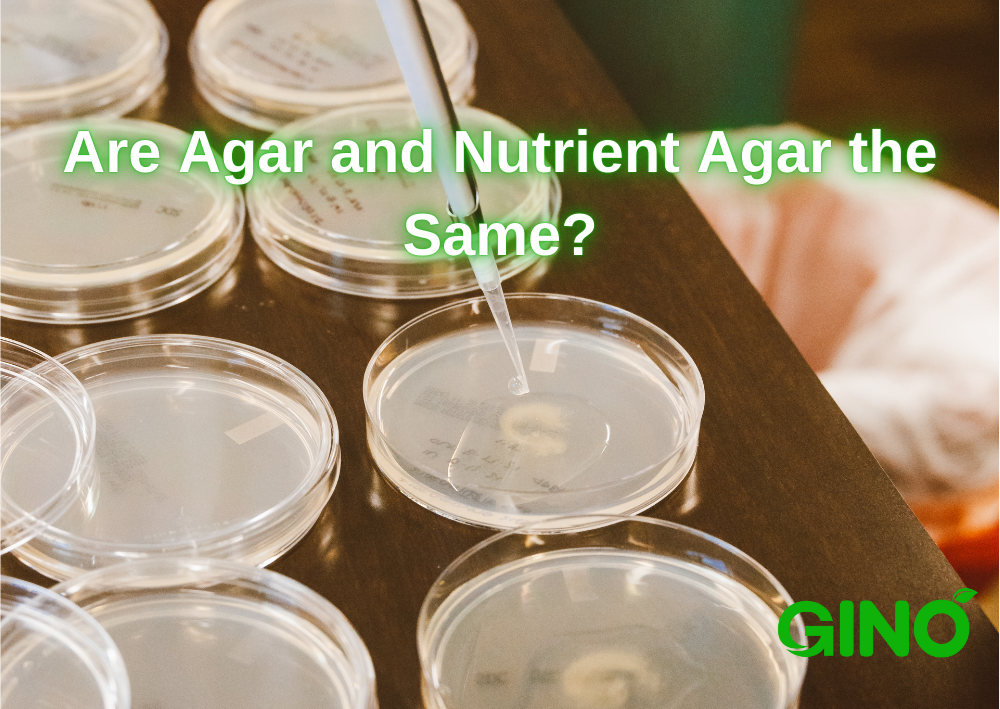
2. What Is Agar?
Agar serves as a neutral, gelling agent used in food and microbiological applications. It is typically used as a base for culture media like Nutrient Agar, providing the solidifying structure but offering no nutritional value on its own. This makes agar an ideal medium when combined with other nutrients to support bacterial growth.
Common Uses of Agar:
- Food Industry: Agar is used in desserts, jellies, candies, and beverages to provide texture.
- Microbiology: Agar is the solidifying agent in Nutrient Agar, used to grow bacterial cultures in petri dishes.
- Cosmetics and Pharmaceuticals: Agar stabilizes and thickens lotions, creams, and gels.
3. What Is Nutrient Agar?
Nutrient Agar is a complete culture medium used in microbiology to support the growth of non-fastidious bacteria. Unlike plain agar, Nutrient Agar contains added nutrients like peptone, beef extract, and sodium chloride, creating an environment conducive to bacterial cultivation. These additional components provide the necessary organic material for microbes to grow.
Nutrient Agar Composition:
- Peptone (5g/L): Supplies amino acids and nitrogen.
- Beef Extract (3g/L): Provides vitamins, carbohydrates, and other essential nutrients.
- Agar (15g/L): Solidifies the medium for bacterial growth.
- Sodium Chloride (5g/L): Ensures osmotic balance for microbial cultures.
4. How to Make Nutrient Agar
Making Nutrient Agar is a simple process, but it requires combining agar with other ingredients. Here's a basic guide:
- Weigh the Ingredients: Dissolve 28g of Nutrient Agar powder (which contains agar as its base) in 1 liter of distilled water.
- Heat and Stir: Stir the solution while heating it until the agar dissolves completely.
- Sterilize the Medium: Autoclave at 121°C for 15 minutes to sterilize the solution.
- Cool and Pour: Allow the solution to cool to 45-50°C before pouring it into sterile petri dishes.
By learning how to make Nutrient Agar with agar, you can quickly and easily prepare the medium for a variety of laboratory and educational applications.
5. Key Differences Between Nutrient Agar and Agar
Understanding the distinctions between Nutrient Agar vs Agar is essential for selecting the right product for your needs. Here's a quick comparison:
Feature | Agar | Nutrient Agar |
Composition | Pure polysaccharide from algae. | Agar + peptone, beef extract, salts. |
Function | Solidifying agent, no nutrients. | Nutrient-rich medium for microbial growth. |
Uses | Food, cosmetics, and culture media base. | Bacterial culture in labs. |
Preparation | Requires additional nutrients for microbiological use. | Ready-made nutrient mixture with agar. |
Cost | Typically lower due to simple composition. | Higher price due to added nutrients. |
6. Nutrient Agar Uses
Nutrient Agar is indispensable in microbiology for cultivating bacteria in various environments. Its transparency allows researchers to observe colony morphology, making it a preferred medium for:
- Research and Development: Used in laboratories to study bacteria.
- Education: Common in microbiology classes to teach culture techniques.
- Clinical Applications: Supports diagnostics and microbial identification.
For convenient use, Nutrient Agar is available as powder, which makes preparation fast and efficient. The price of Nutrient Agar depends on the quality and quantity needed, with bulk options offering cost savings for larger institutions.
7. Conclusion
When comparing Nutrient Agar vs Agar, the choice boils down to your purpose. Agar alone is ideal as a gelling agent for food or industrial use, while Nutrient Agar is a complete solution for cultivating microorganisms. By understanding their differences, you can select the right product for your application, whether you’re working in a laboratory, classroom, or production facility.
Need a reliable source for agar, the key ingredient in Nutrient Agar? We provide high-quality agar ideal for microbiological and food applications. Contact us today to discuss your requirements and explore our competitive pricing and flexible packaging options!
Contact Our teamRecent Posts

We are a biotech company specializing in the research, development, and commercialization of innovative and technological food additives hydrocolloids Agar Agar, Carrageenan, and Tailor-Made Stabilizer Solutions.
With the extended know-how and experience in the research, application, and use of Hydrocolloids, we could provide one-stop-shop customized solutions perfectly matched to the needs of our customers.
Our products cover the needs of the Meat, Dairy, Bakery, Confectionery, and other industrial sectors.


